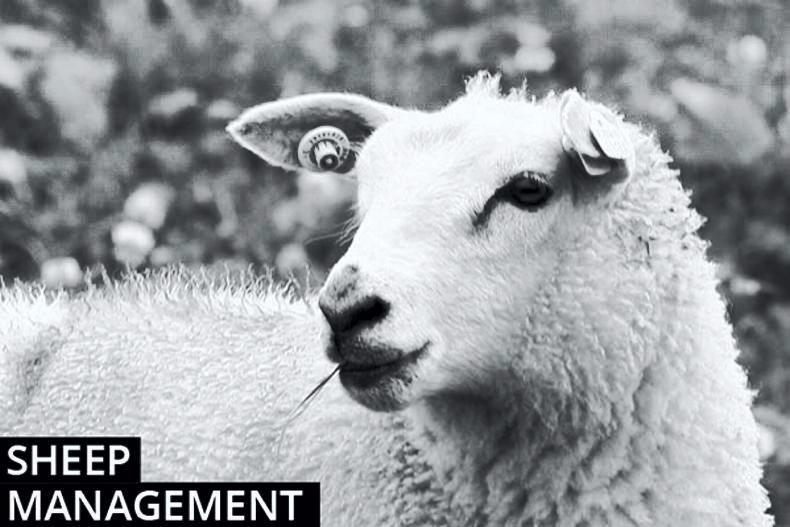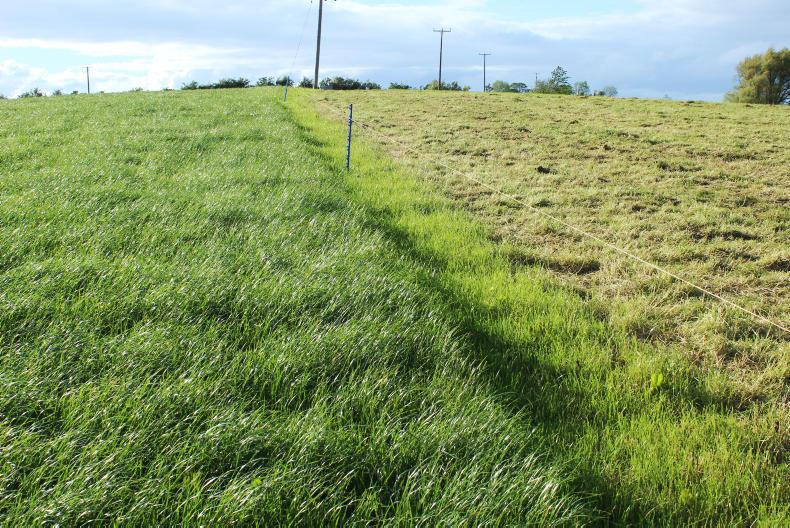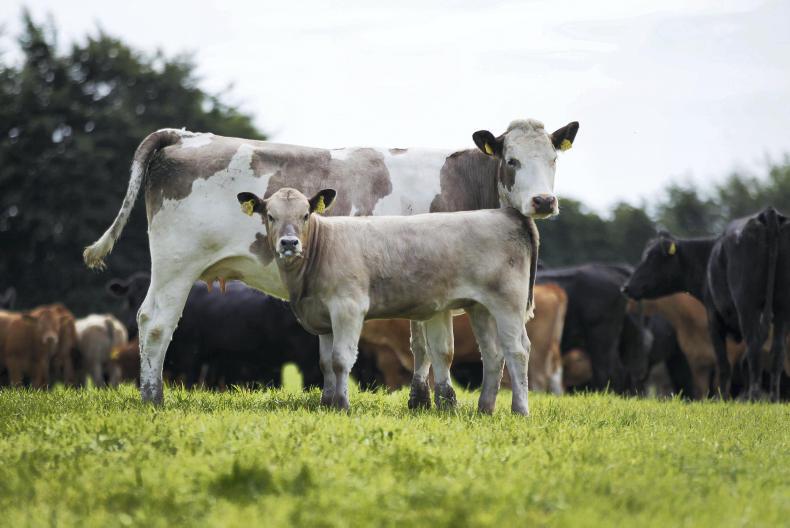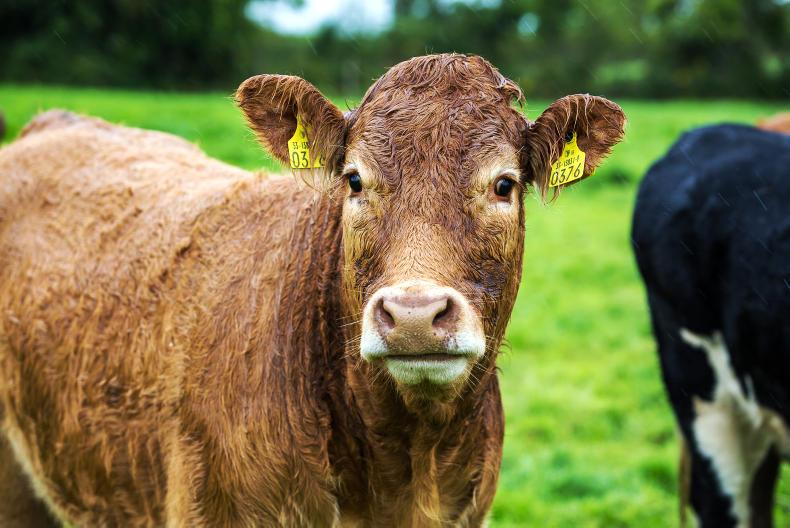Commencing supplementation
Grass reserves have been depleted at an earlier stage on many farms. While much earlier for many, failing to take action is a false economy with condition lost now much harder to rectify in late pregnancy.
Growth on closed paddocks has been pretty good in October and November which is presenting a temptation to go back in now and graze. This should be resisted at all costs as while it may provide a reprieve now it will push feeding costs well up post-lambing, ranging from 30c to 50c per head daily if feeding 1kg to 1.5kg concentrates.
Listeriosis caution
Listeriosis is commonly associated with feeding sheep poor quality or mouldy silage with the causative bacteria, listeria monocytogenes, highest risk where soil was taken up during harvesting in difficult conditions or where silage has preserved poorly.
It can also occur despite feeding good quality silage with issues arising from bad pit face or bale management or where troughs are not cleaned out regularly.
Tell-tale signs are paralyses on one side of an animal’s face with saliva dripping from an animal’s mouth in advanced cases (inability to chew or swallow). An animal’s head will generally be tilted to one side with its ear dropped downwards. Animals are also likely to be unsteady on their feet and appear to propel themselves to one side resulting in a circling motion due to paralyses.
Early detection will influence the success of treatment and includes administering a course of antibiotics prescribed by a veterinary surgeon. Ewes in late pregnancy should be given glucose or glycerol supplements to maintain energy intake and help prevent dehydration or twin lamb disease.
Silage eye
Another problem reported in recent weeks is ewes with sore eyes and temporary blindness. The cause is likely to be ocular listeriosis or what is commonly referred to as silage eye due to its common occurrence when sheep are eating silage.
The ailment is generally associated with sheep eating mouldy silage and in particular where animals are eating in close contact at a round feeder or burrowing their heads into round bales. It can also spike in cold windy conditions as has been the case in recent weeks.
Animals appear with watery eyes that have a cloudy appearance on closer inspection. Eyes are often swollen or closed. Veterinary advice is recommended as if left untreated it can lead to long term blindness.
Veterinary treatment generally includes administering antibiotic and anti-inflammatory injections into the tissue around the eye, or an eye ointment.
Note that anti-inflammatory injections should not be used without veterinary advice as incorrect administration can lead to abortion in pregnant ewes. As with listeriosis, the disease risk can be reduced by avoiding feeding mouldy forage, cleaning feeders regularly and not letting excessive forage build-up and go stale.
I would like to wish all readers and their families an enjoyable and safe Christmas.










SHARING OPTIONS